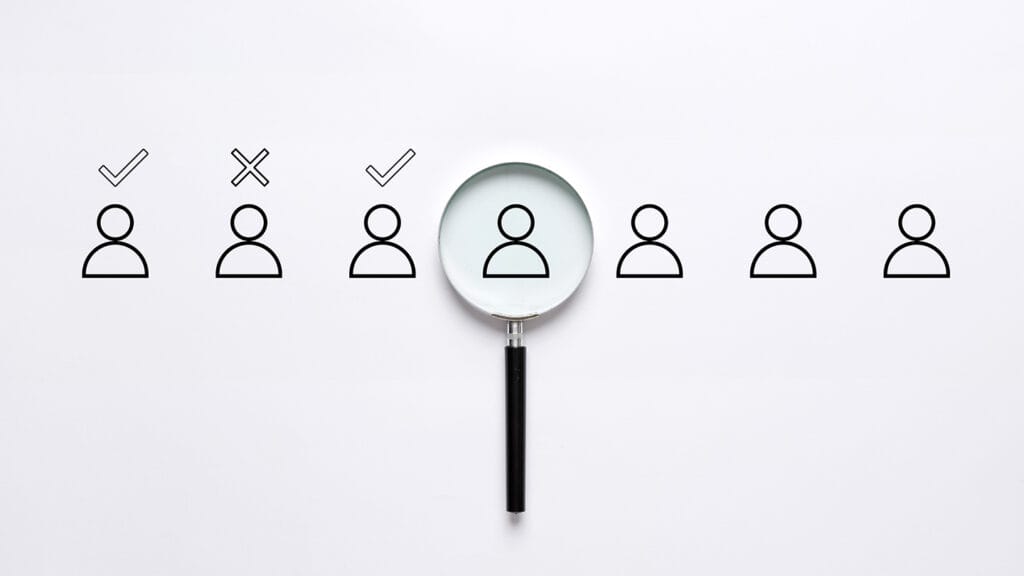Home care is in high demand and that demand will only rise with time. A total of 10,000 people are turning 65 every day, and most of us at some point in time will need assistance with our activities of daily living (ADLs). This is a call to action for home care providers to begin offering a higher caliber of care to their clients and family members. Remote patient monitoring (RPM) may provide the assist that you need.
To back up, better care can only be achieved by offering multiple service lines and specializing in the types of care that are underserved by current home support solutions. There is so much competition; it will be difficult for others to survive without pushing the boundaries of what excellent service and care mean.
How do you go about doing this? There are a couple of different routes, but the best way to start is by performing some market research on your neighborhood’s home care agencies to get a sense of what they offer and what you could do better.
Meeting resistance
One of the biggest objections I’ve noticed during my work in home care was that the family wasn’t comfortable at that point in time bringing a caregiver into their loved one’s home. This was true especially as the pandemic started (and continues). Or the person needing care was not OK with the idea. Both are totally valid points and objections. What neither of these scenarios acknowledges, however, is that their loved one still needs care. Someone reached out because they need a solution.
We can no longer turn our backs on those who aren’t ready. We need to have something to offer them. And that solution could be RPM platforms. Why RPM?
- RPM bridges barriers to accessing needed care.
- It gives you a way of breaking the ice of home care without the full commitment of a traditional client.
- You can have an extra set of eyes on your clients that also collects data to help inform your next steps and communication cadences.
- It is additional revenue source (and as a value-add to your existing home care services).
What are some platforms that you could try?
There are tons of RPM providers out there. Here’s a starting guide (and I am by no means endorsing any particular one):
- ClearCare: Offers virtual care shifts so that you can keep in touch with clients who may be in a facility that’s locked down. It is powered by Synzi.
- GrandCare: A HIPAA-compliant video-conferencing platform that also gives clients access to telehealth, 24/7 remote access to the client’s home
- Mercury Health: An AI-based remote monitoring device that provides data and insights to families in real-time, with a focus on fall prevention and minimizing time on the floor.
What are the benefits that home care agencies are seeing with RPM?
I sat down with Shana Sommer, executive director of Grace Care Solutions, and she explained that her agency’s “remote caregiving program is an additional tool we use in our mission to enable seniors to age in place safely, which is what they and their adult children desire. By utilizing daily video check-ins and a standardized plan of care, we can bridge the gap many seniors face of not quite needing a caregiver in their home, but needing just a friendly face checking in, perhaps reminding them to take their medication.”
She’s been able to provide personalized care through the use of technology, combining the best of high-tech and high-touch. “By asking a standard set of daily questions, we are quickly able to identify trends and take appropriate action, thus preventing hospitalizations and readmissions, to achieve the goal of aging in place safely and with dignity, for as long as possible,” she continued.
The Centers for Medicare & Medicaid Services recently incorporated quality measure sets for home and community-based services for the first time, scrutinizing providers on care quality and demonstrating outcomes. This further bolsters the necessity to add RPM into your care practices.
How are you going to explore RPM in your home care agency?
Jennifer Lagemann is a former family caregiver, as well as a former professional caregiver and administrator at home care agencies. She works as a writer and researcher, helping care providers to create patient- and family-friendly websites, articles and marketing literature.



